The Intimate Turn: Why Larian's Shift Signals a New Era for RPGs !

Larian Studios, fresh off the stratospheric success of Baldur's Gate 3, recently announced a significant shift: they're stepping back from the sprawling RPGs that defined their recent years to focus on smaller, more "intimate" projects. As someone who's been wrestling with scope on both sides of the AAA/indie divide – from my early days at BioWare to helping indie teams navigate the treacherous waters of game development – this news resonates deeply. This isn't just a studio pivoting; it's a potential bellwether for the future of RPGs.
The Baldur's Gate 3 Effect: A Blessing and a Burden
Look, Baldur's Gate 3 is a masterpiece. It's a testament to the power of player agency, reactivity, and sheer ambition. But it’s also a testament to the herculean effort required to ship a game of that scope. Most studios simply can’t sustain that kind of pressure, both creatively and financially. We’re talking about years of crunch, massive teams, and budgets that rival Hollywood productions. The expectations that BG3 has now set are, frankly, unsustainable for most developers.
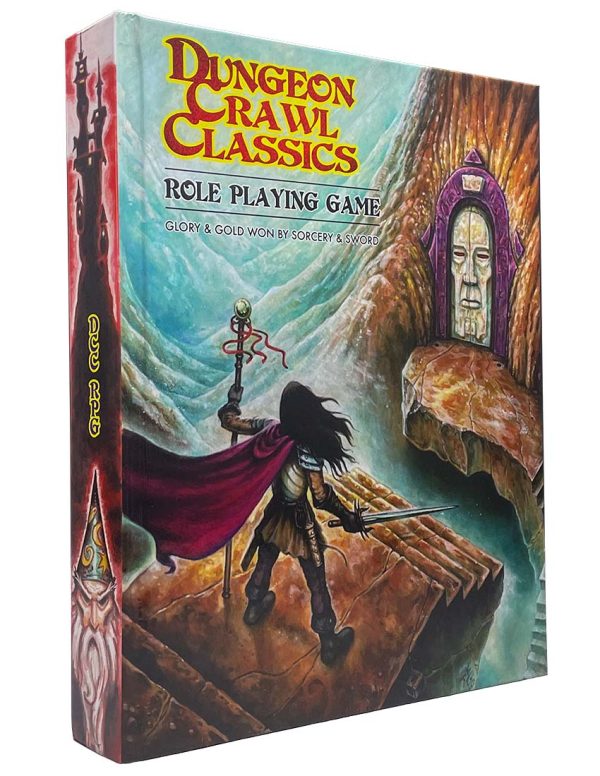
The announcement from Larian prompts questions about the viability of BG3-sized RPGs going forward. Players often equate "bigger" with "better," but a tightly designed, focused game can be far more impactful than a sprawling, unfocused one. Games like Obsidian’s Pentiment prove that. It's a beautifully crafted, intimate historical narrative that punches way above its weight class.
Scope Management: A Developer's Tightrope Walk
So, how do you even begin to manage the scope of an RPG? It’s a constant balancing act between creative vision and practical realities. Here are a couple of tried-and-true techniques I preach to the teams I consult with:
Feature Prioritization (MoSCoW Method): This is where you ruthlessly prioritize features based on their impact and feasibility. It breaks down like this:
- Must Have: Core features essential for the game to function. Without these, you don't have a game.
- Should Have: Important features that significantly enhance the player experience but aren't strictly essential.
- Could Have: Nice-to-have features that would be great to include if time and resources allow.
- Won't Have: Features that are either too ambitious, too risky, or simply not a good fit for the game's core vision. These get cut – no regrets.
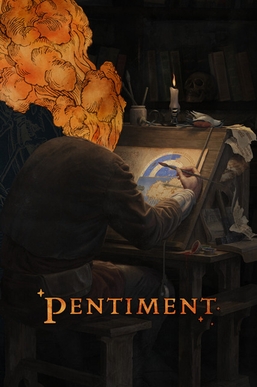 An example of a feature prioritization matrix using the MoSCoW method, highlighting the importance of categorizing features to manage scope effectively.
An example of a feature prioritization matrix using the MoSCoW method, highlighting the importance of categorizing features to manage scope effectively.Vertical Slices: Building a fully functional, albeit small, slice of the game early on. This demonstrates the core gameplay loop, art style, and overall feel. It’s a fantastic way to test your assumptions and identify potential problems before you're too deep in development. Think of it as a playable prototype that encapsulates the essence of your game.
The Multiplayer RPG Conundrum
Baldur's Gate 3's success with multiplayer is undeniable, but let's be clear: multiplayer RPGs are scope nightmares. You're not just building one game; you're building a dozen, each with its own unique set of challenges.
- Balancing Playstyles: Ensuring that every character class and build feels viable and engaging in a cooperative setting is incredibly complex.
- Narrative Dissonance: How do you reconcile the idea of a deeply personal, branching narrative with multiple players making decisions? It’s a constant battle against the inherent chaos of a group dynamic.
- Increased QA Burden: Multiply every bug and edge case by the number of potential player combinations, and you’ll quickly see why multiplayer QA is a Herculean task.
 A game showing three different characters standing at the ready to exemplify potential narrative dissonance in multiplayer RPGs, where multiple player decisions can impact the storyline.
A game showing three different characters standing at the ready to exemplify potential narrative dissonance in multiplayer RPGs, where multiple player decisions can impact the storyline.
The Procedural Generation Mirage
Procedural generation can be a tempting solution for reducing development time, but its usefulness in story-driven RPGs is often limited, especially when it comes to character interactions and world-building. You can procedurally generate dungeons and landscapes, sure, but you can’t procedurally generate compelling characters or meaningful dialogue. The heart of an RPG lies in its handcrafted moments, its carefully constructed narratives.
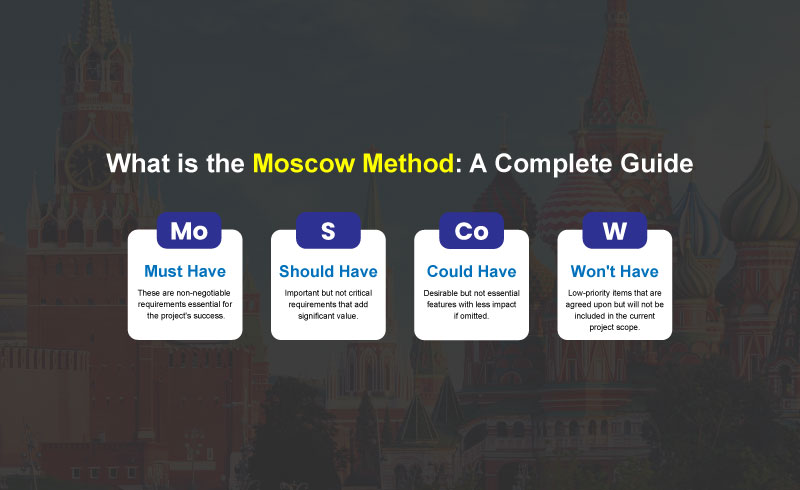 A vast, procedurally generated landscape, illustrating the potential but also the limitations of procedural content in crafting unique character interactions and meaningful world-building in RPGs.
A vast, procedurally generated landscape, illustrating the potential but also the limitations of procedural content in crafting unique character interactions and meaningful world-building in RPGs.
Smaller Engines, Bigger Stories
Don’t think you need a cutting-edge, proprietary engine to create a compelling RPG. Some of the most memorable RPGs of recent years were built on relatively modest technology.
- Disco Elysium (Unity): A masterclass in dialogue, character development, and world-building, all within the accessible Unity engine.
- Kingdom Come: Deliverance (CryEngine): An ambitious historical RPG that demonstrated the power of CryEngine for creating immersive and realistic environments.
 An interface from Disco Elysium, showcasing the game's depth in dialogue, character development, and world-building capabilities despite using a relatively accessible engine.
An interface from Disco Elysium, showcasing the game's depth in dialogue, character development, and world-building capabilities despite using a relatively accessible engine.
These games prove that creative vision and smart design choices can overcome technical limitations. The focus should always be on delivering a compelling experience, not on chasing the latest graphical bells and whistles.
The Future of RPGs: Intimacy and Innovation
Larian's decision to scale down is a bold one, but it's also a potentially vital one. It signals a return to a focus on craft, on intimacy, and on sustainable development practices. It encourages other studios to think outside the "bigger is better" paradigm and to explore the creative possibilities of smaller, more focused projects.
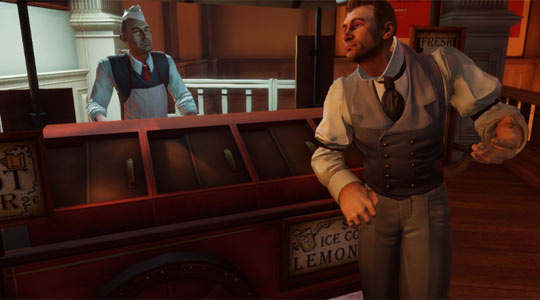 A close-up of a game UI element emphasizing the craft, intimacy, and sustainable development practices that may result from Larian's focus on smaller RPGs.
A close-up of a game UI element emphasizing the craft, intimacy, and sustainable development practices that may result from Larian's focus on smaller RPGs.
The future of RPGs isn't necessarily about endless content and sprawling worlds. It's about creating meaningful experiences that resonate with players on a personal level. It's about crafting compelling characters, telling unforgettable stories, and pushing the boundaries of interactive narrative in innovative ways, whether it be a grand adventure or an intimate character study.
Embracing the Shift
So, what does this mean for XenGamer.com readers? It means keeping an open mind. It means celebrating the smaller, more focused RPGs that often get overlooked in the shadow of AAA behemoths. It means supporting studios that prioritize craft, innovation, and sustainable development. It means recognizing that true greatness doesn't always come in the biggest package.
 A fantasy character design that highlights the value of creating meaningful and personal experiences, pushing boundaries of interactive narrative, and supporting studios that prioritize craft.
A fantasy character design that highlights the value of creating meaningful and personal experiences, pushing boundaries of interactive narrative, and supporting studios that prioritize craft.
Larian's shift isn't an ending; it's a beginning. It's an opportunity to redefine what RPGs can be and to embrace a future where intimacy and innovation reign supreme. And who knows, maybe we'll see a resurgence of experimental RPGs that truly push the boundaries of the genre. That's a future I'm genuinely excited about.
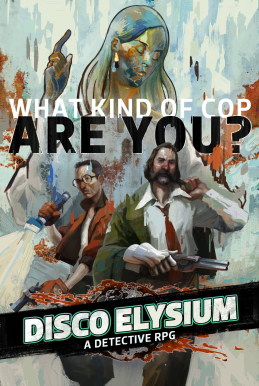 An array of indie game development tools, reflecting the creative possibilities and innovation that can come from smaller, more focused projects.
An array of indie game development tools, reflecting the creative possibilities and innovation that can come from smaller, more focused projects.